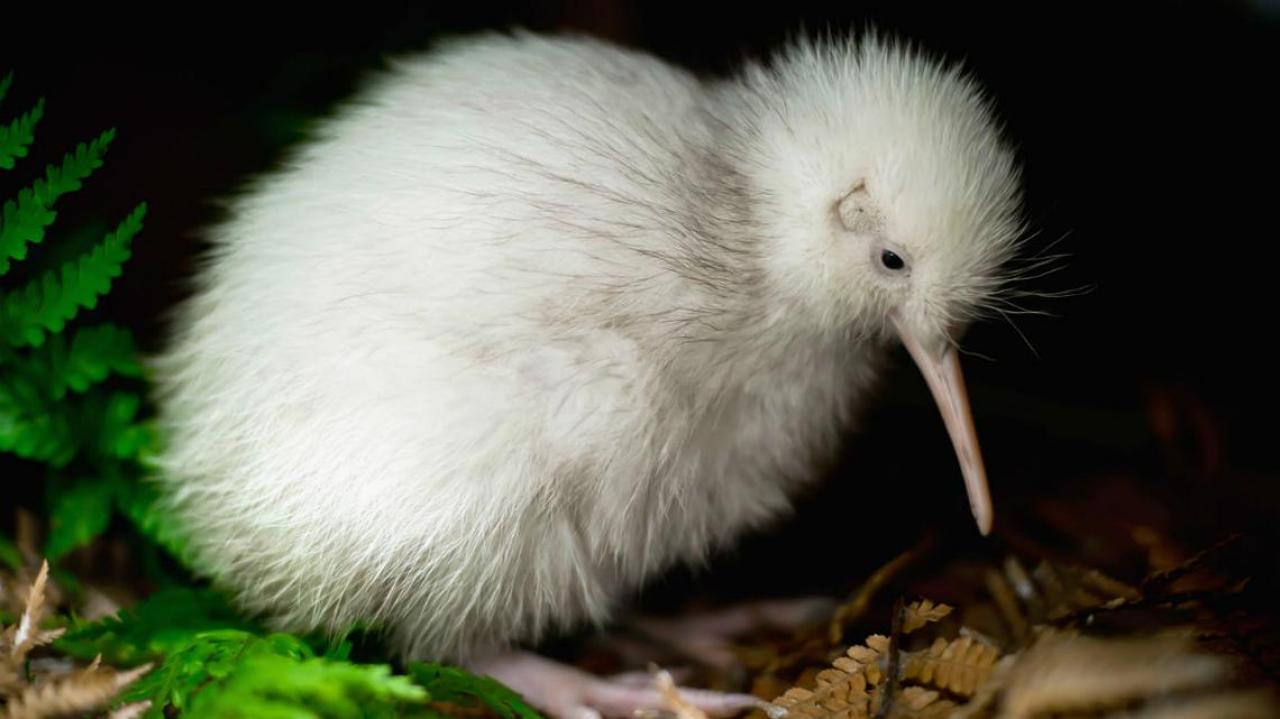Discovering the Distinct Features and Fascinating Biology of Kiwi: A Comprehensive Research Study
Welcome to the interesting globe of kiwi! Prepare to be surprised as we uncover exactly how kiwis have adapted to their flightless presence and uncover their ecological importance.
Physical Features
What are the physical characteristics of a kiwi bird? The kiwi bird is a tiny, flightless bird native to New Zealand. One of the most distinctive functions of the kiwi bird is its long, slim costs.
The kiwi bird has an one-of-a-kind tuft, with soft, hair-like plumes that look like hair. Unlike most birds, the kiwi has little wings that are hidden underneath its plumes and are not functional for flying.
One more intriguing physical feature of the kiwi bird is its nostrils located at the suggestion of its bill. This adaptation permits them to smell out worms and pests, their main resource of food, in the fallen leave clutter on the forest flooring (what do kiwis taste like). Additionally, the kiwi bird has huge, round eyes that are adjusted for low-light problems, as they are mainly nocturnal
Feeding Habits
To recognize the feeding routines of the kiwi bird, you require to observe its foraging actions and nutritional choices. These birds use their solid sense of smell to detect prey concealed beneath the surface, and then use their costs to remove it.
Kiwis are omnivorous, indicating they consume both plant and animal matter. Along with pests, kiwis likewise take in seeds, berries, and fruits. They have a particular fondness for dropped fruits that are abundant in sugars, such as the berries of the shrubby tororaro plant. Kiwis have been observed preying on a variety of plant varieties, indicating their flexibility to various food resources.
Surprisingly, kiwis do not have a plant, which is a specialized part of the digestion system located in many birds. Instead, their food passes straight from the esophagus to the belly. This might be a result of their distinct transformative background and ecological particular niche.
Reproduction and Reproduction
Currently let's explore the fascinating globe of kiwi reproduction and breeding, building upon our previous expedition of their special feeding practices. Kiwis have an instead intriguing reproductive procedure. They are monogamous birds, suggesting they create long-lasting pairs. As soon as a set has actually developed, they will certainly remain together for life, which can be approximately thirty years in the wild.
Reproducing period for kiwis usually takes place in between June and March. Throughout this moment, the female kiwi will lay one to 2 eggs, which are unusually huge compared to the bird's body size. Kiwi eggs are the largest of any type of bird in percentage to body weight. After the eggs are laid, both the man and women take transforms nurturing the eggs, with each taking shifts that can last approximately 12 days.
As soon as the chicks hatch out, they are born able and fully feathered to see (what do kiwis taste like). They are additionally rather precocious, suggesting they have the ability to care for themselves relatively quickly. Even after the chicks have actually hatched out, the moms and dads continue to give care and security for them till they are completely find more independent, which can take several months.
:strip_icc()/kiwi-berries-1-07392e24f2604488aa93aefa6d24b0f6.jpg)
Adjustments to Flightless Presence
As a flightless bird, the kiwi has actually undergone numerous changes to its composition and habits that permit it to thrive in its special setting. Unlike other birds, kiwis have tiny, vestigial wings that are practically worthless for flying.
An additional adjustment that kiwis have actually created is their strong legs and feet. The kiwi's legs are located and muscle much back on its body, supplying it with a reduced center of gravity and ideal balance.
In order to survive without the capacity to fly, kiwis have also developed an eager feeling of scent. Their long, slender beaks home extremely delicate nostrils, enabling them to spot insects and worms underneath the forest flooring. This exceptional adjustment assists kiwis situate food resources and maintain a balanced diet.
Ecological Relevance
The eco-friendly value of kiwi depends on their function as key seed dispersers in their native environment. As they relocate through the woodland flooring, kiwi forage for insects, worms, and a range of plants. At the same time, they eat fruits and berries, which include seeds. These seeds after that go through the kiwi's digestion system unscathed and are later on dispersed via their feces. This one-of-a-kind procedure helps in the all-natural regrowth of forests.
The kiwi's capacity to distribute seeds is critical for preserving the biodiversity and equilibrium of their environment. By spreading out seeds throughout different locations, they add to the growth and abundance of numerous plant varieties. In turn, these plants offer food and sanctuary for other pets, developing a web of interdependencies within the environment.
In addition, kiwi play an important role in check my reference regulating the population of specific plant varieties (what do kiwis taste like). Some plants generate an extreme variety of seeds, which can result in congestion and minimal sources for various other plants. By taking in and distributing these seeds, kiwi help regulate the growth of such plants, ensuring a healthier and more diverse community
The eco-friendly importance of kiwi extends past their function as seed dispersers. Their delving habits also adds to soil aeration and nutrient recycling, enhancing the overall why not try these out wellness of the forest floor. Furthermore, their feeding habits can aid manage insect populaces, decreasing the risk of parasite episodes that can harm plants.
Verdict
Finally, checking out the one-of-a-kind features and remarkable biology of kiwi discloses its physical characteristics, feeding routines, reproduction and breeding patterns, along with its adjustments to a flightless presence. With its distinguishing characteristics and eco-friendly value, the kiwi acts as an impressive instance of nature's variety and adjustment. By valuing the kiwi and comprehending's role in its community, we can additionally advertise preservation efforts to ensure the preservation of this amazing types for future generations.
